YOGA FOR BODY
MIND & SPIRIT
Home
Yoga
YOGA FOR OVERALL HEALTH
Yoga encourages overall health and wellness

"Yogic exercises recharge the body with cosmic energy"
This Facilitates
- Attainment of perfect equilibrium and “harmony”
- Promotes self- healing.
- Removes negative blocks from the mind and toxins from the body
- Enhances Personal power
- Increases self-awareness
- Helps in attention focus and concentration, especially important for children
- Reduces stress and tension in the physical body by activating the parasympathetic nervous system.
- It increases endurance, strength and flexibility.
- Mental endurance and physical stamina are tested through holding postures for extended breaths.
- Arm and shoulder strength is multiplied as you use your own body weight for resistance.
- Abdominals and obliques are refined and sharpened through building core muscles.
- Poor and average posture begins to correct itself over time.
PRACTICES INCLUDES:
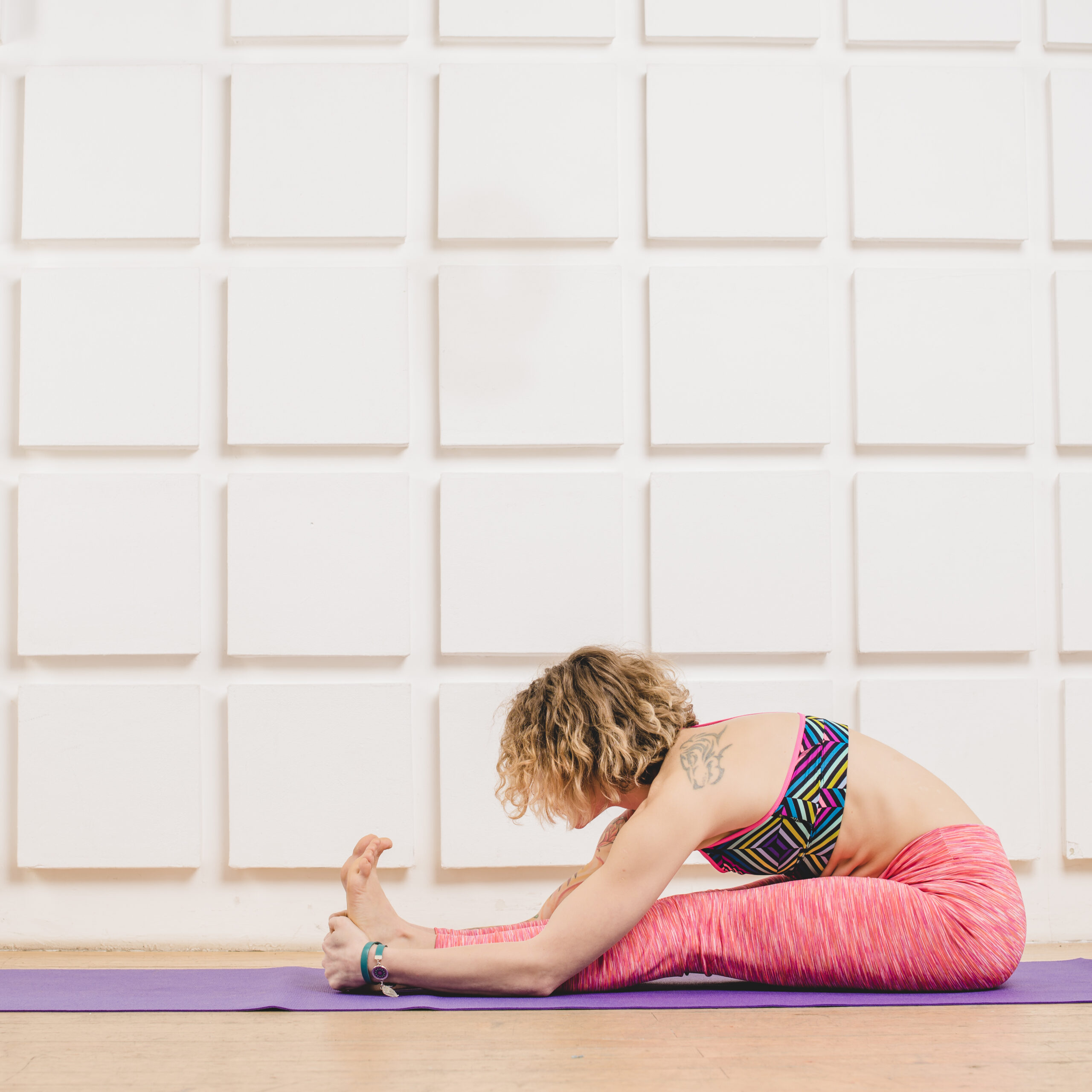
Loosening Exercises
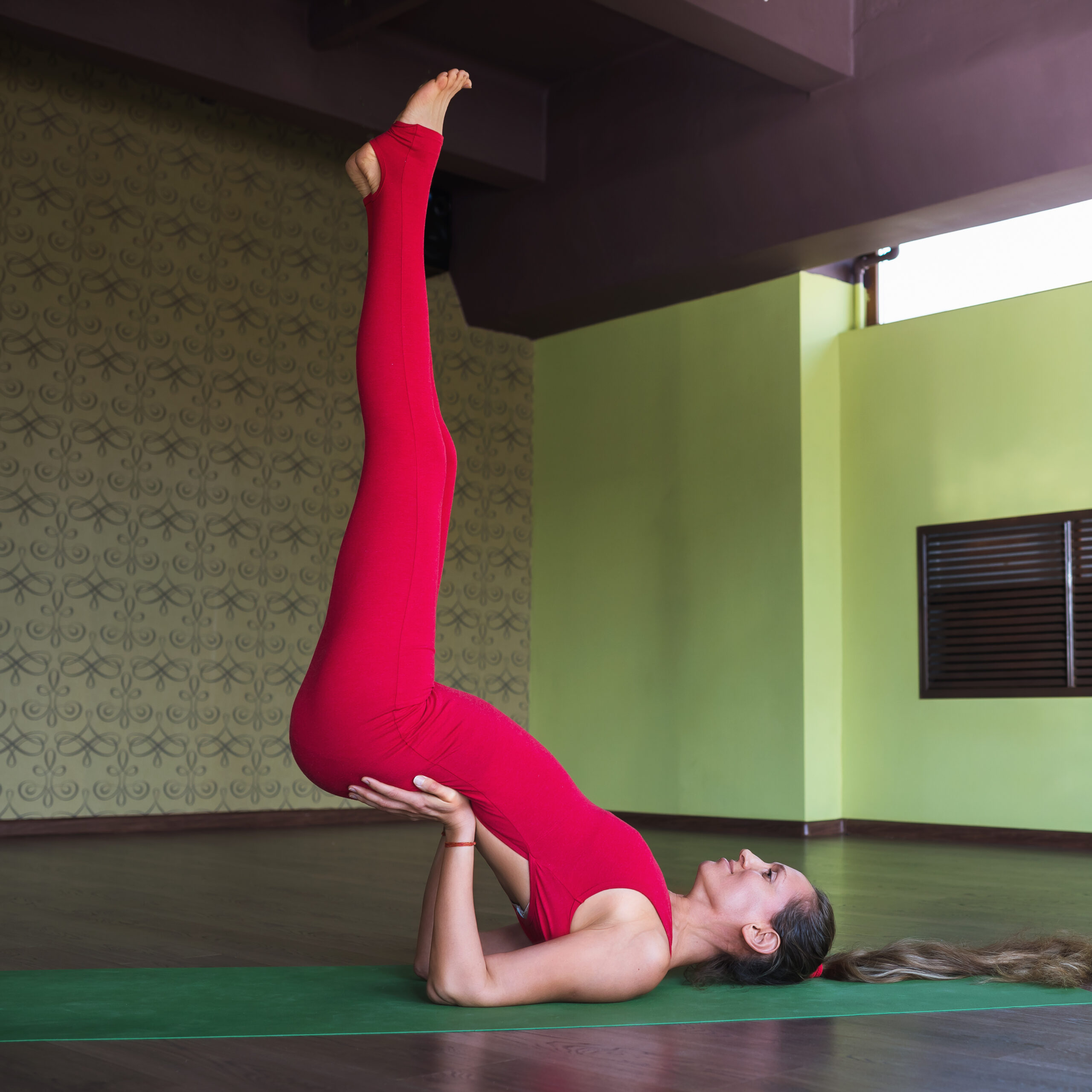
Dynamics

Breathing exrecises

Asanas

Pranayama

Meditation

Mudras and Bandhas

Relaxation techniques
YOGA FOR NECK AND SHOULDER PROBLEMS
While neck pain sometimes results from trauma—such as an injury from playing sports or accident—by far the most common cause is stress on muscles and ligaments stemming from poor postural habits, typically related to our computerized, stressful, sedentary lifestyle. One of the most widespread postural problems is forward head posture, a misaligned relationship between the head and the shoulder girdle, where the head protrudes in front of the shoulders and the upper back rounds. This causes the muscles of the neck, shoulders, upper back, and chest to alter their length and efficiency as they struggle to counterbalance the weight of the heavy head against the pull of gravity—with the muscles in the neck and front body becoming tight and short and those in the mid back and the back of the shoulders becoming weak and overstretched.

PRACTICES INCLUDES:

Abdominal breathing
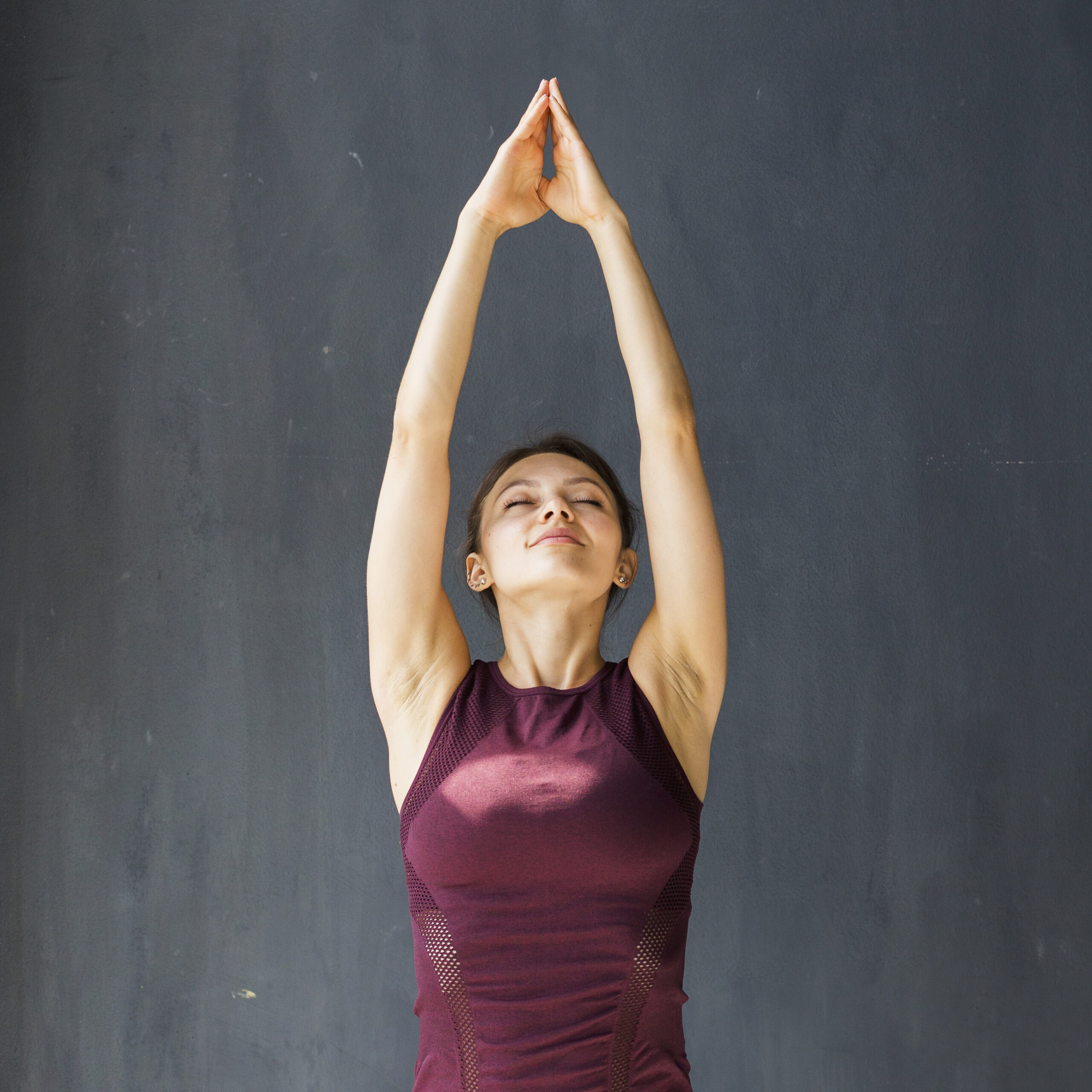
Tadasana

Shoulder shrugs

Other loosening Exercises
YOGA FOR OBESITY
What is obesity?   Obesity is the excessive accumulation of fat in the body, resulting in increased body weight. In today’s technology-dominated world, reduced physical activity has contributed significantly to this condition. It often stems from consuming more calories than the body uses, leading to fat storage. Beyond just being a weight issue, obesity can also trigger or worsen various health problems, including thyroid-related disorders. It is not only a physical imbalance but also a reflection of disrupted mental and emotional energies. Addressing obesity requires a holistic approach that includes lifestyle changes, mindful eating, and regular physical activity.
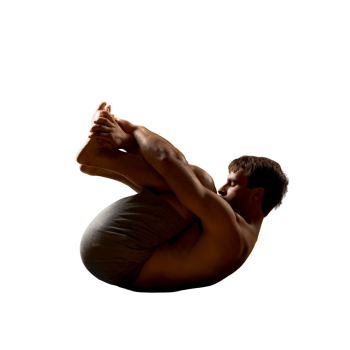
- Yoga works on all aspects of Obesity or excess weight (physical, emotional and mental)
- Regular practice of Yoga and controlled life style reduces obesity .
- Yoga has different effect on obesity, which is permanent in nature than other techniques for obesity reduction. Weight loss is permanent but one needs to practice few important techniques regularly.
- Yoga is suitable for people in any age group.
- Yoga helps achieve control over mind and behavior (one can easily control food habits and change life style to reduce the obesity.)
- Yoga makes human being efficient and slim.
YOGA FOR PREGNANT WOMEN
Prenatal yoga can be a great way to prepare for childbirth.
If you’re pregnant and looking for ways to relax or stay fit, you may be considering prenatal yoga. Good for you! But did you know that prenatal yoga may also help you prepare for labor and promote your baby’s health? Before you start prenatal yoga, understand the range of possible benefits, as well as important safety tips.
What are the benefits of prenatal yoga?
Much like other types of childbirth-preparation classes, prenatal yoga is a multifaceted approach to exercise that encourages stretching, mental centering and focused breathing. Research suggests that prenatal yoga is safe and can have many benefits for pregnant women and their babies.
For example, studies have suggested that prenatal yoga can:
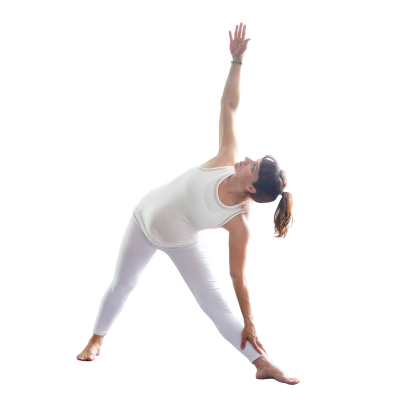
- Improve sleep
- Reduce stress and anxiety
- Increase the strength, flexibility and endurance of muscles needed for childbirth
- Decrease lower back pain, nausea, carpal tunnel syndrome, headaches and shortness of breath
- Decrease the risk of preterm labor, pregnancy-induced hypertension and intrauterine growth restriction — a condition that slows a baby’s growth
- Prenatal-yoga
YOGA AFTER DELIVERY (POST NATAL YOGA)
The days and weeks following childbirth can be difficult for new moms. You may be recovering from a C-section or an episiotomy in addition to the inherent physical exhaustion of labor, your abdominal muscles have stretched to inches within their limits and now need to regain their strength and pre-pregnancy shape, your back and hips may feel tight and inflexible, and you probably feel psychologically detached from your body—a stranger to the new you.Yoga may be the last thing on your mind, but just a couple minutes of practice each day can speed your recovery, reconnect your mind and body, and even battle postpartum depression.
“Yoga is a wonderful way to get back in shape,” “It works the whole body and it is very adaptable. You don’t have to have done any yoga before and there is plenty for you to do to build strength and flexibility.”
Although there are many yoga postures that you can practice within the first six weeks of delivery, you’ll need to first meet with your physician.
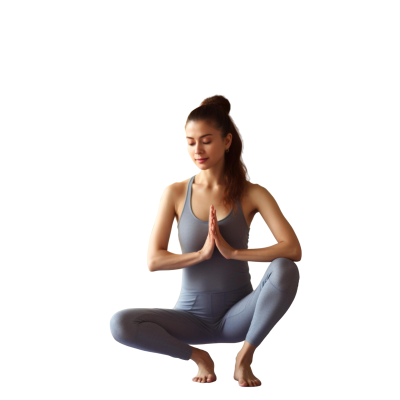
Recovery Poses

Adho Mukha Svanasana

Trikonasana
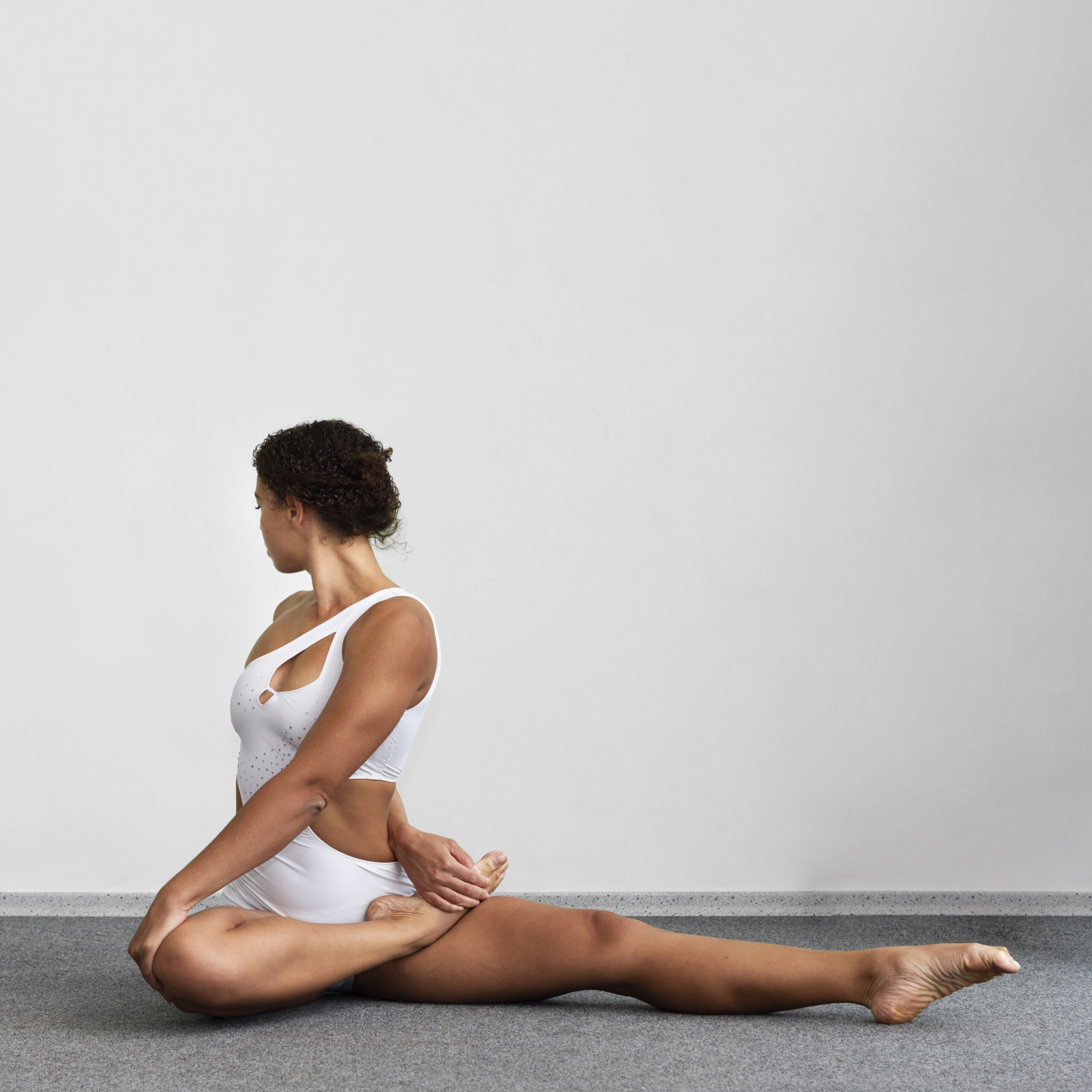
Marichyasana
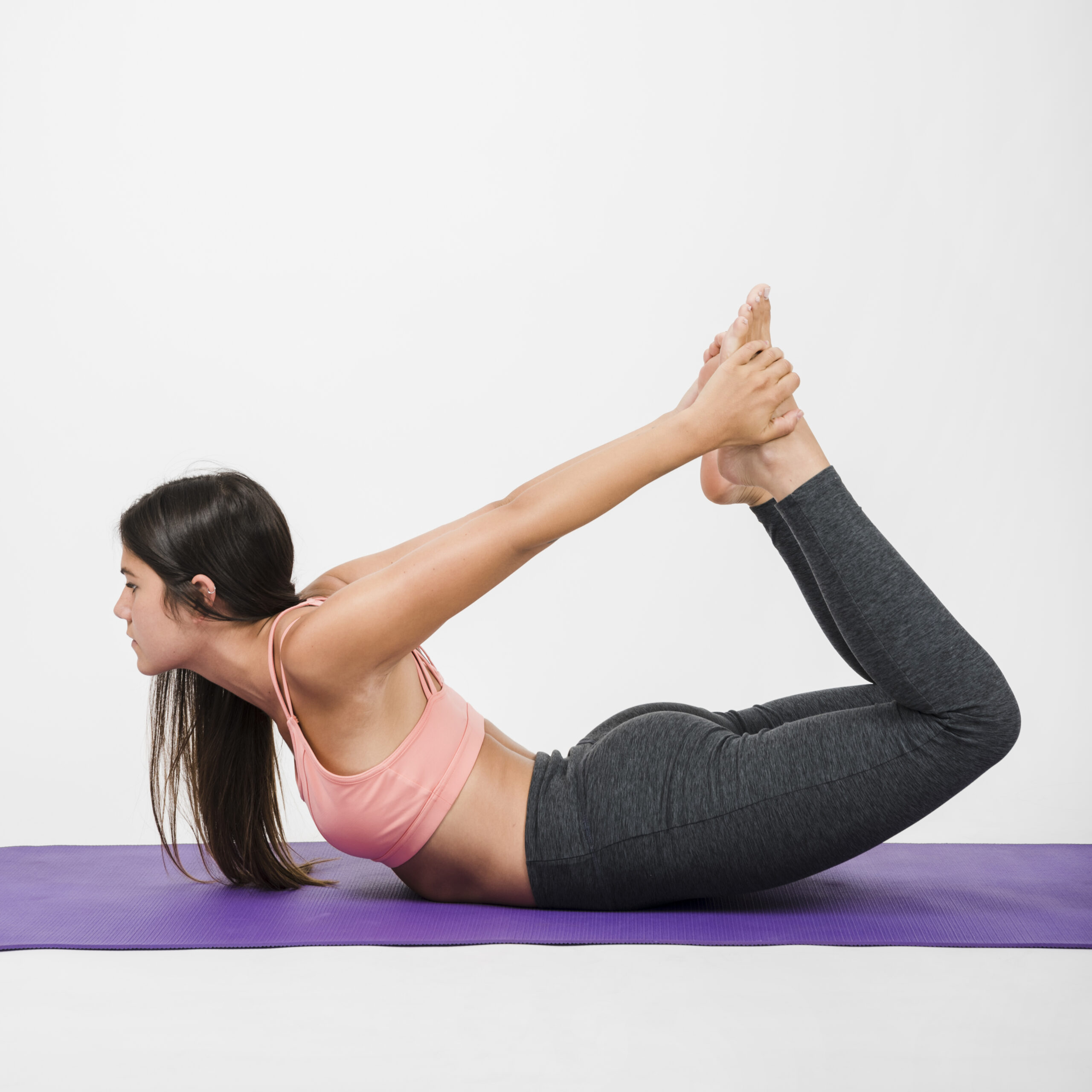
Bhujangasana
Many new mothers complain about that post-baby belly. Unfortunately, abdominal muscles often don’t just snap back into shape. Following three postures, safe even for mothers recovering from C-sections, to rebuild core strength and work on strengthening soft abdominal muscles.

Navasana

Salabasana




